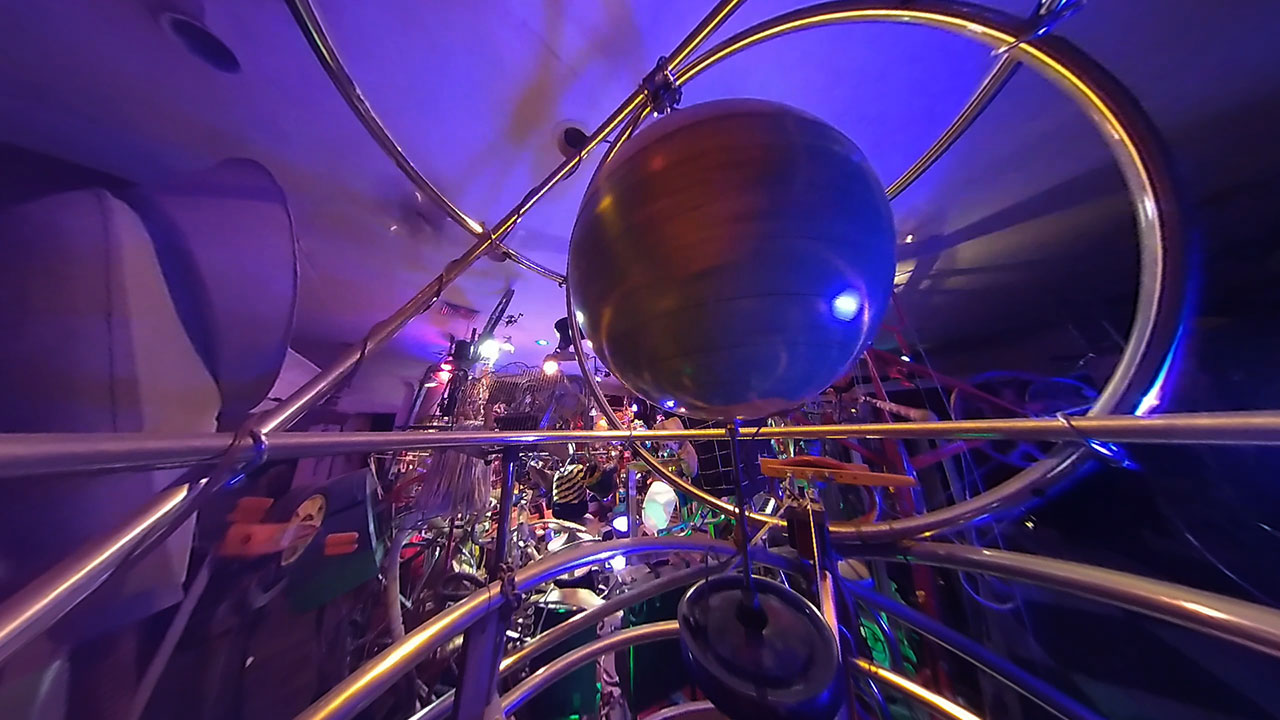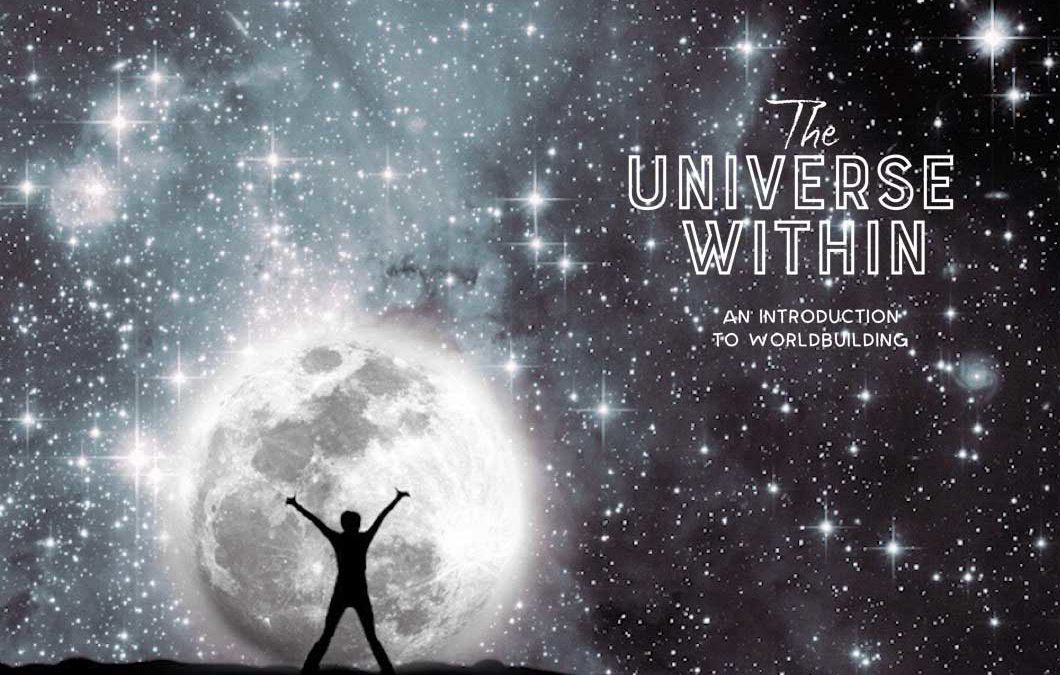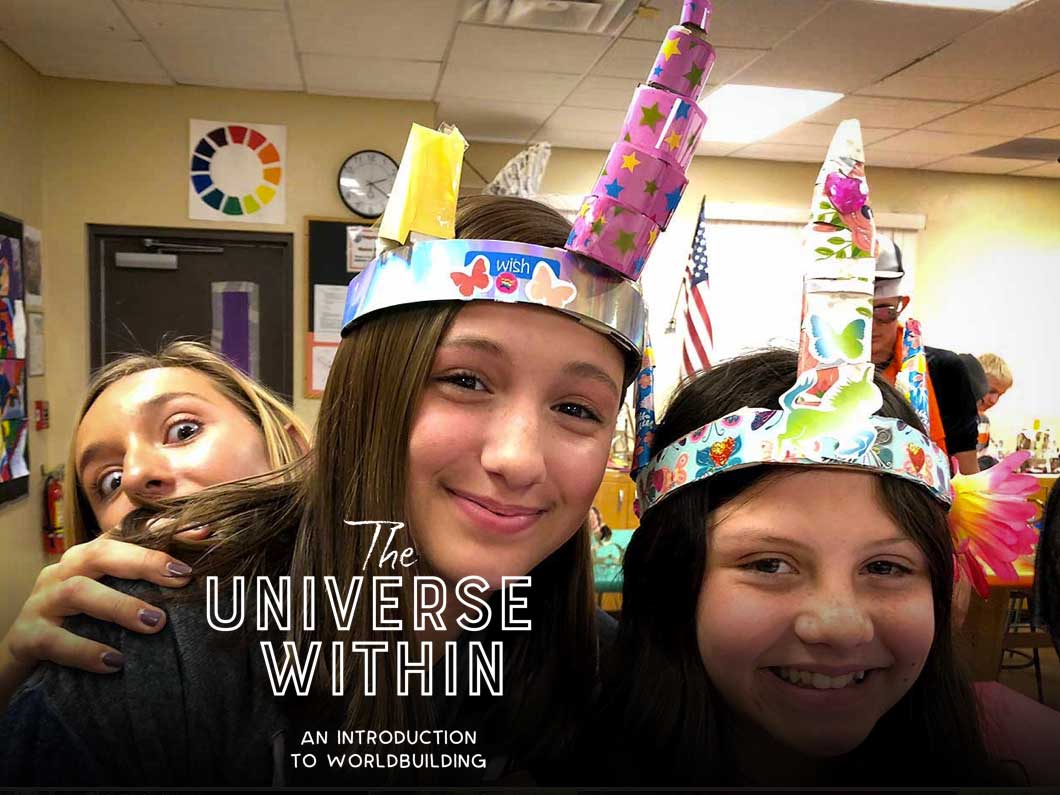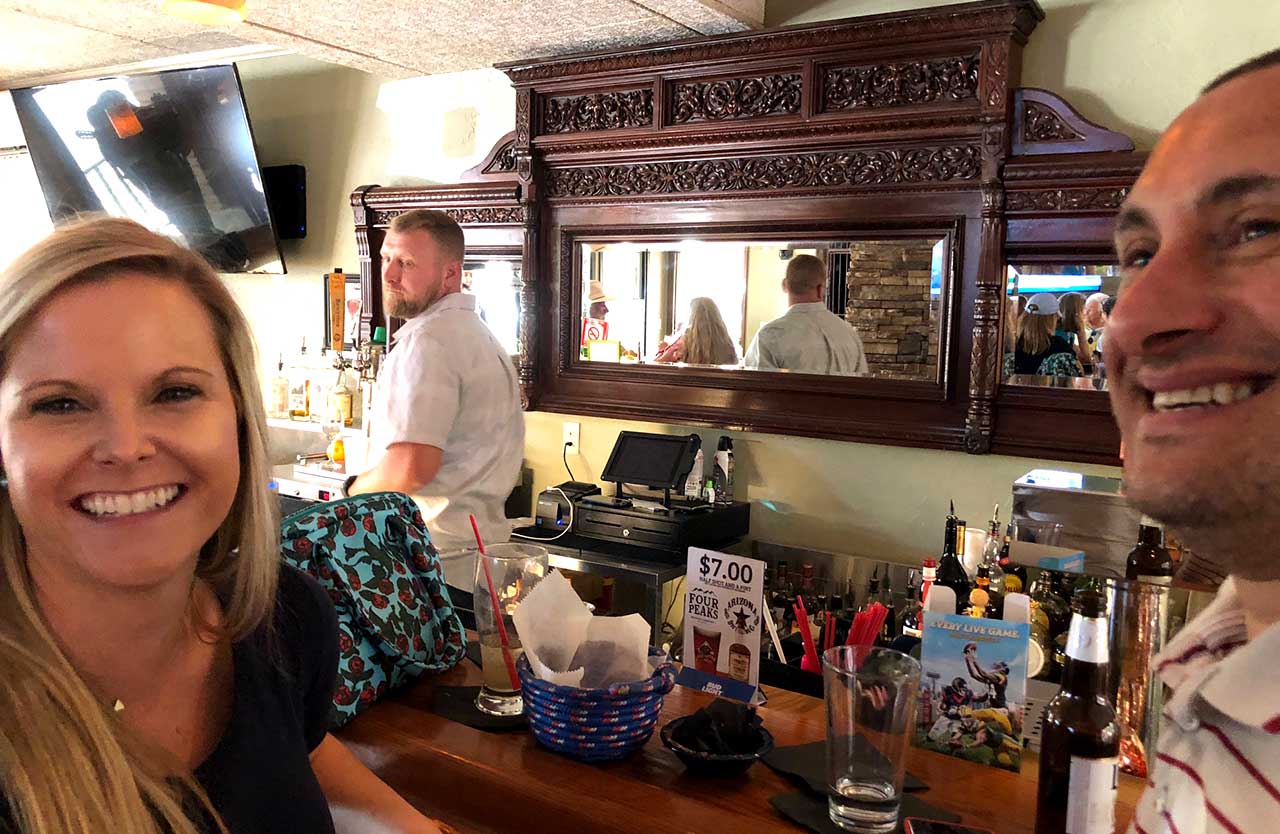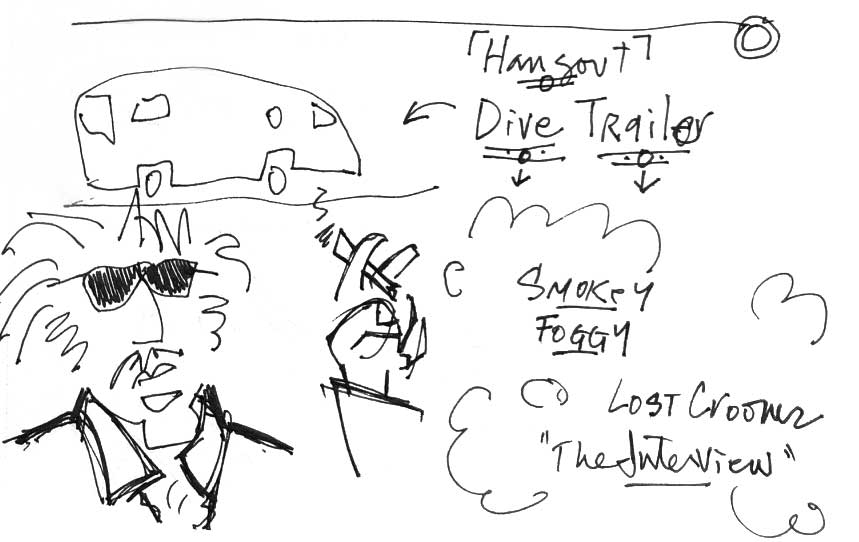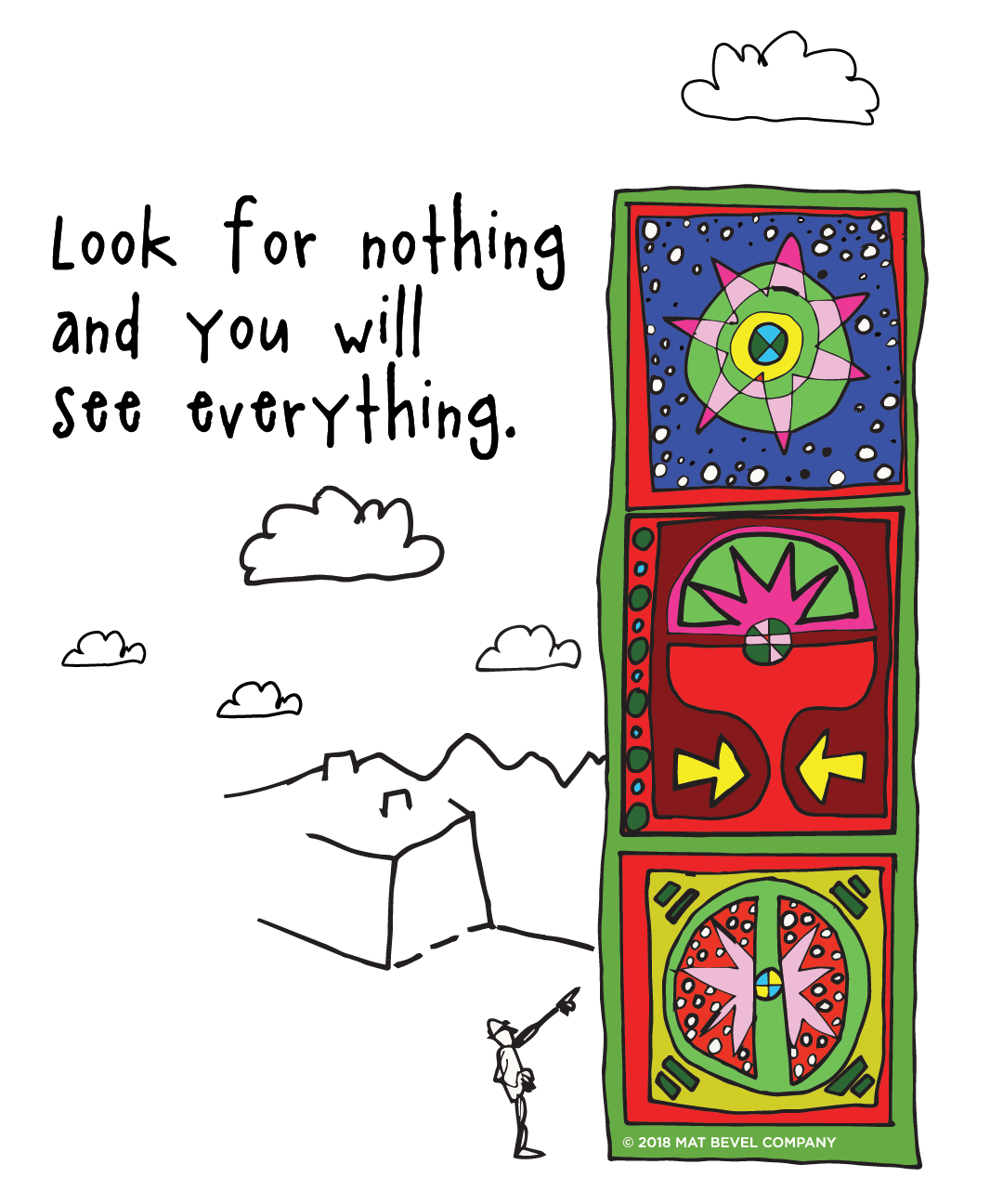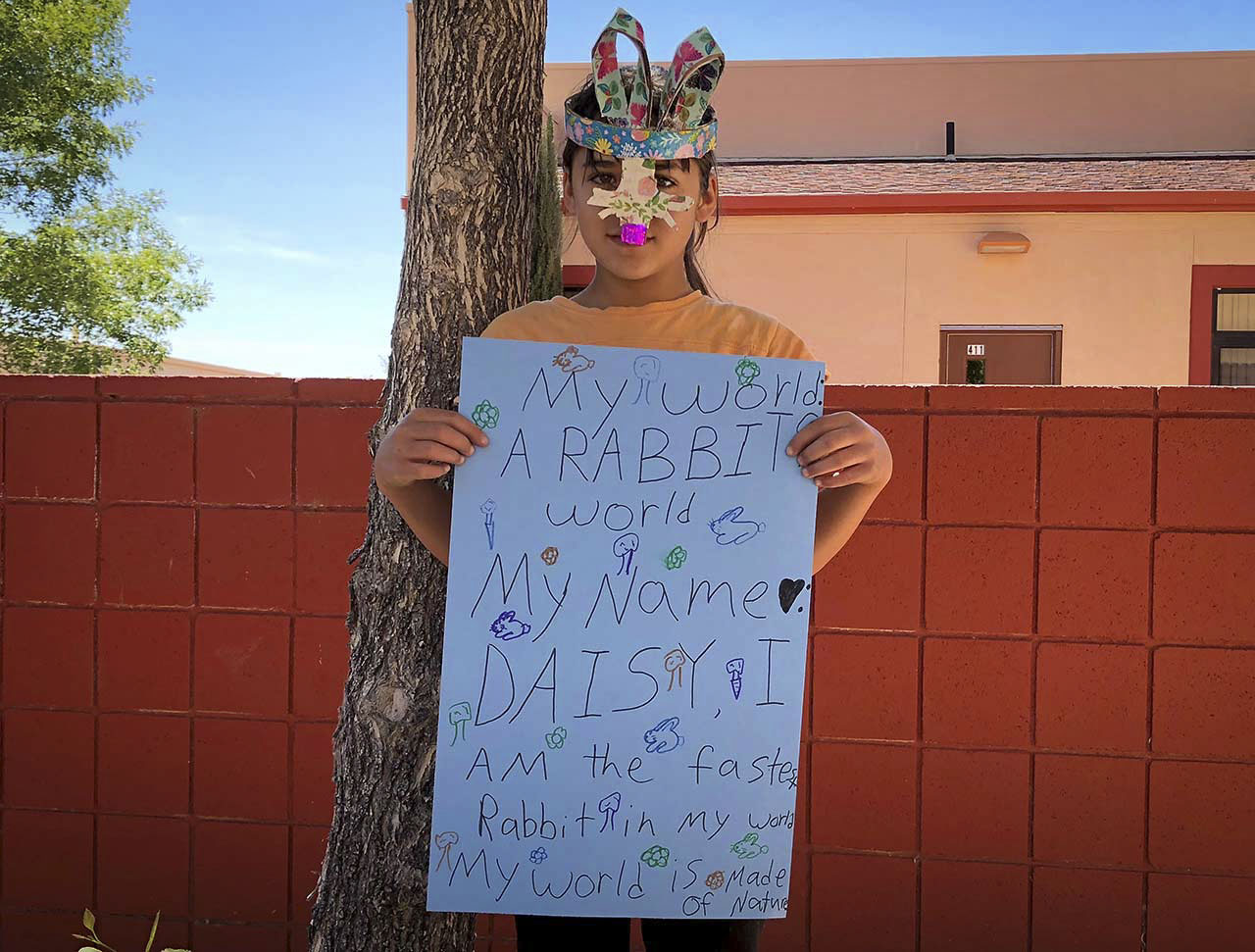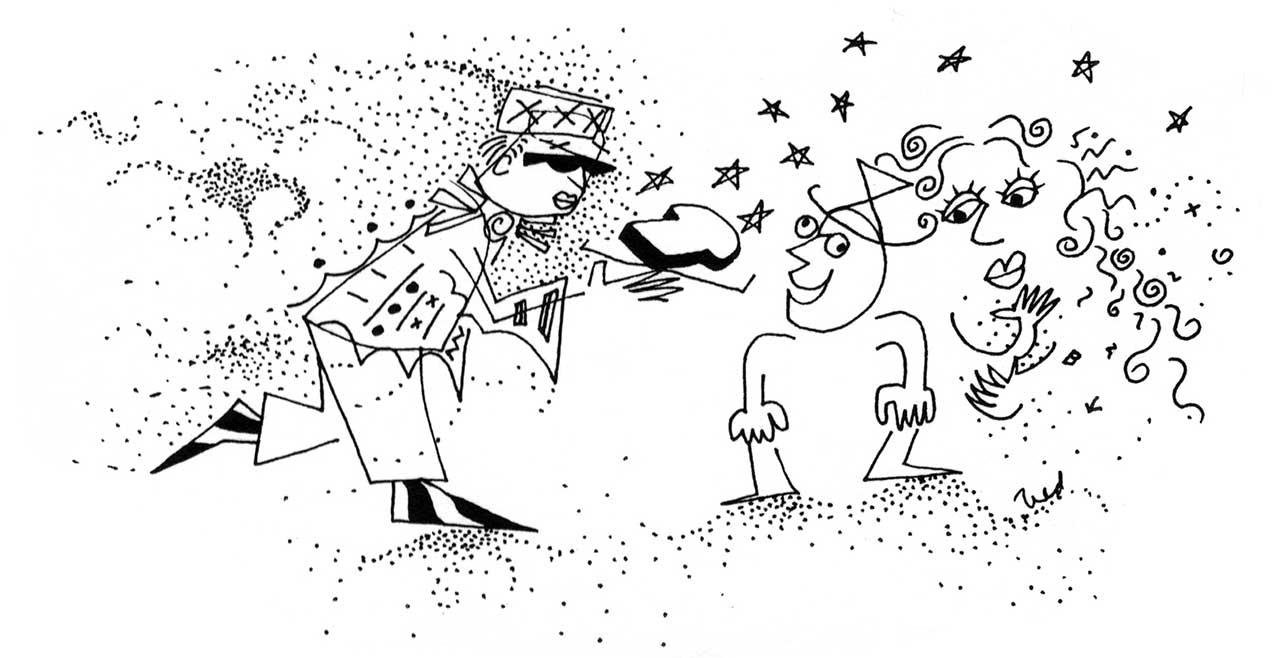In early April, Mat Bevel Company’s Paula Schaper and Lars Marshall met with Patagonia Public Schools art teacher Elizabeth McCowin and School Superintendent Rachell Hochheim to plan the new world-building educational pilot called The Universe Within. Classes with students in 6th through 8th grade art class began on April 16.
The program is inspired by Mat Bevel Company President Ned Schaper’s world of Beveldom–a fine-art mechanical land teeming with inspiring characters–and his Available Resource Technology process. Students participated in a four-part introduction to world-building where they played the part of a central character in a unique imaginary world of their own making.
The Universe Within taught students specific hands-on skills to help them tackle life’s challenges with greater creativity. Skills were developed through journaling, doodling, and mask making. Stories were created, told, and performed. Students learned how to create and share their own novel characters, scenarios and plots to learn grade-relevant English language arts, listening, writing and speaking skills, as well as science-based design, construction, observation and presentation skills.
Mat Bevel Company Vice President Paula Schaper says, “Traditionally education emphasizes the importance of achieving goals. Students strive to achieve perfect grades, win at contests and sports, and finish what they start. While good grades and high achievement are important, if we’re too focused on the goal, we lose the creative ability to see all the possible solutions. The Universe Within encourages students to let their minds open up to less obvious possibilities so that, in the long run, they have a larger universe of solutions for life’s toughest challenges, those challenges that require them to think out of the box in order to adapt and succeed.”
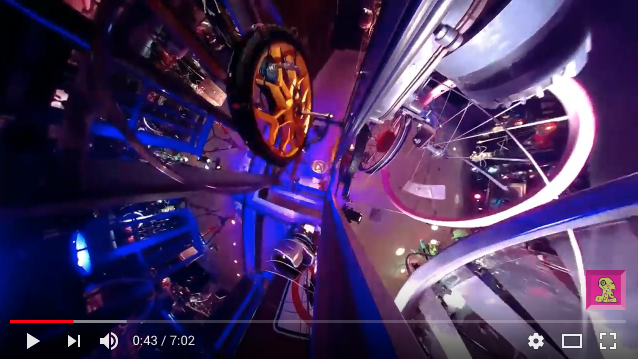 With many years’ experience shooting and editing video, the virtual reality technology represented a major step forward for his art. The project substantially expanded his knowledge of how to use virtual reality technology, how to move the camera in new ways and how to capture localized sound.
The three cameras give Ned a whole new context and narrative for his theater’s world of Beveldom. This helped him establish the look and feel of Beveldom as a space junk experience in a galaxy of kinetic art stars.
Ned says, “One interesting aspect of the 360fly is how it changes what’s desired for the ceiling. With 360fly the ceiling is such a big part of it, you want to work with what’s above.”
This project changed his artistic path. Experimenting with the new 360fly camera technology gave him an internal perspective on the museum. It led him to design a new 360 Theater for the future, in a new location where he can combine a live and a virtual theater with a virtual reality camera in the center of a circular stage. The theater set will help establish the look and feel of Beveldom—”the galaxy of junk”—with a full sphere of kinetic sculpture and light.
With many years’ experience shooting and editing video, the virtual reality technology represented a major step forward for his art. The project substantially expanded his knowledge of how to use virtual reality technology, how to move the camera in new ways and how to capture localized sound.
The three cameras give Ned a whole new context and narrative for his theater’s world of Beveldom. This helped him establish the look and feel of Beveldom as a space junk experience in a galaxy of kinetic art stars.
Ned says, “One interesting aspect of the 360fly is how it changes what’s desired for the ceiling. With 360fly the ceiling is such a big part of it, you want to work with what’s above.”
This project changed his artistic path. Experimenting with the new 360fly camera technology gave him an internal perspective on the museum. It led him to design a new 360 Theater for the future, in a new location where he can combine a live and a virtual theater with a virtual reality camera in the center of a circular stage. The theater set will help establish the look and feel of Beveldom—”the galaxy of junk”—with a full sphere of kinetic sculpture and light.